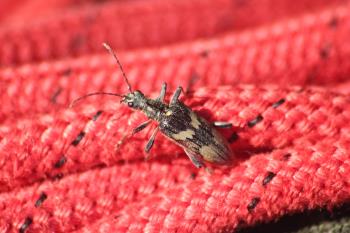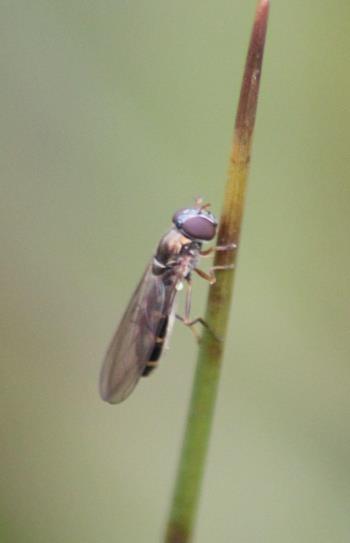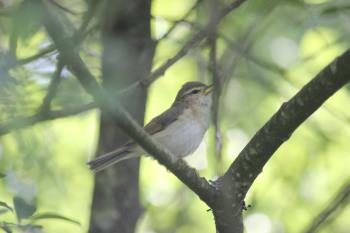Commodore Report 2020
The Commodore’s report from the 2019 season is available for members .
Continue reading “Commodore Report 2020”
The Commodore’s report from the 2019 season is available for members .
Continue reading “Commodore Report 2020”
It is important that the duties below are carried out each Sunday when there is racing at the Club. A rota of members to carry out the duties will be drawn up. If a member is unable to take their turn on the rota it is their responsibility to arrange a replacement and to inform the Sailing Secretary.
The Rescue Boat Cox is responsible for ensuring that a properly manned rescue boat is available at all times during Sunday racing. The Rescue Boat Cox is not expected to carry out all the duties noted by themselves and may enlist help as appropriate.
The Rescue Boat Cox is expected to give up a day’s racing to carry out the duties: they (and their crew) will be credited as having sailed all races on that day and will be given the average of their points for the other races to count in the series, rounded down to the nearest quarter.
Before Racing
During Racing
After Racing

The Officer of the Day (OOD) is responsible for ensuring that all the activities associated with Sunday racing for the Enterprise, Mirror, Solo and Laser or handicap fleets run smoothly. The OOD is not expected to carry out all the duties noted by themselves and may enlist help as appropriate.
The OOD is expected to give up a day’s racing to carry out the duties: they will be credited as having sailed all races on that day and will be given the average of their points for the other races to count in the series, rounded down to the nearest quarter.
Before Racing
During Racing
After Racing

Being Race Officer for club races does not require god-like qualities, just some confidence and common sense! Sailors are not looking for perfection, just some Sunday afternoon fun.
Before Racing
The Start
During the Race
After the Race
Many thanks for helping to make the racing enjoyable!

Although St Mary’s Loch can be considered slightly remote – it is a beautiful location which is very rewarding to visit.
Below are links to help you plan your visit.
The Gordon Arms
The Gordon Arms is an old coaching Inn nestling in the Yarrow Valley. It was a favourite haunt of James Hogg, Sir Walter Scott and even Robert Burns was said to have stopped here.
The Glen Cafe
The Glen cafe offers beautiful views over the loch whilst you relaxing in comfortable surroundings. Fresh food individually prepared to order. Open for all day breakfast, a varied lunch menu and home cooking and baking a speciality. Hot and cold drinks and ice cream. Popular with cyclists and bikers.
Outdoor Activities
Whilst we love sailing – we are the first to admit that the wonderful countryside around St Mary’s offers other great outdoor activities. Below are some links giving you ideas on what you can do when there is no wind:
Nearest Towns
There are three major towns located within 15-30 mins drive from the club:




Ian Malcolm is the club’s resident wildlife expert who has identified almost a 1,000 species in the club grounds. Photographs of some of the species can be seen are in folders in the clubhouse.
If you would like to become involved in recording what’s on the site or would like more information on what’s there or if you’d simply like to identify something you’ve seen (preferably with a photograph!), please feel free to ask Ian.
Getting involved
The Club’s field is a remarkably wildlife-rich area. Much of it is fairly undisturbed and we make a reasonable effort to maintain the species diversity in those areas that we do actively manage: for example, we try to delay grass-cutting of the main area of the field until the wild flowers have set their seeds. It would be great if we could keep it like this, or even improve it, for those who come after us.
With the advent of digital cameras and the internet, especially sites like iSpot, it has become relatively easy for non-experts to get expert help to identify the species they see around them. Ian has taken advantage of this to begin to compile a list of all the species that we can find in – or above – the club’s land. So far Ian has identified, at least tentatively, almost 1000 species and he knows there are many more to come. Is there just one species of midge biting us? What about all the spiders scuttling about in the grass? And how many different species of bats are flying around at dusk and dawn?
Ian sends all the records to the local biological recording organisation, The Wildlife Information Centre, at Vogrie Country Park. From there it goes to various other recording organisations; some of it has already reached the latest release of the National Biodiversity Network Atlas. All of this will help to monitor the on-going biological health of both the Club’s site and the wider area as well as helping to map the distribution of species across the country.
You can view a gallery of wildlife observed at the Loch here.
Grey Mare’s Tail Nature Reserve
If you want to explore more wildlife then the Grey Mare’s Tail Nature Reserve is a paradise for wildlife enthusiasts who wish to observe the rich collection of some of southern Scotland’s most rare upland plants as well as peregrines, ring ouzels and feral goats. The reserve is a short drive or cycle from the clubhouse.

April has been and gone already. Plenty of boats dusted down after a winter hibernation and the first few weeks have seen a mix of weathers on the water – although so far we are still waiting for the first heatwave of the year.
Continue reading “Commodore’s 2018 Update”
Road trailers should not be left at the club: please take them away and store them off-site. This will help to prevent the club grounds becoming cluttered and will reduce the chance of boats being stolen. Where a trailer has to be left – for example when a boat doesn’t have a separate launching trolley – please lock the trailer securely.
When driving on club premises, please remember we have children and animals running around. Engage a lower gear, keep to the 5mph speed limit and help preserve our track.
DRIVE SLOW ON THE ROAD, SAIL FAST ON THE WATER
There have been a few occasions when clubhouse doors have been left unlocked and the electricity has not been switched off after the last person has gone home. Please remember: if you are last to leave it’s your responsibility to switch off and lock up.